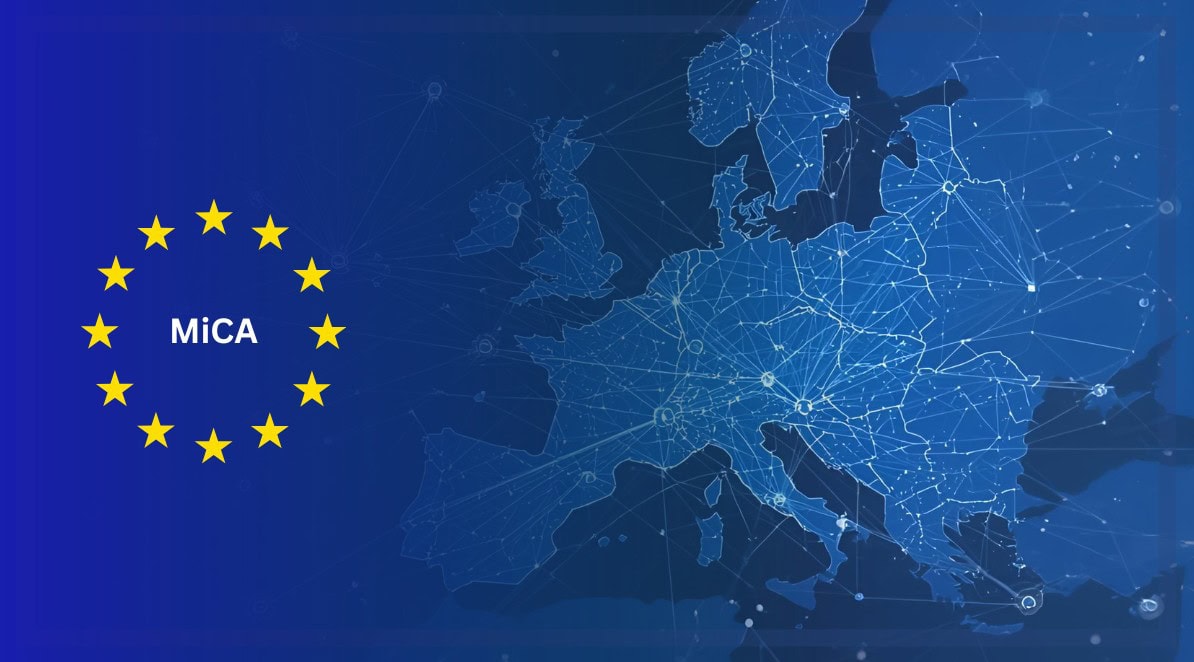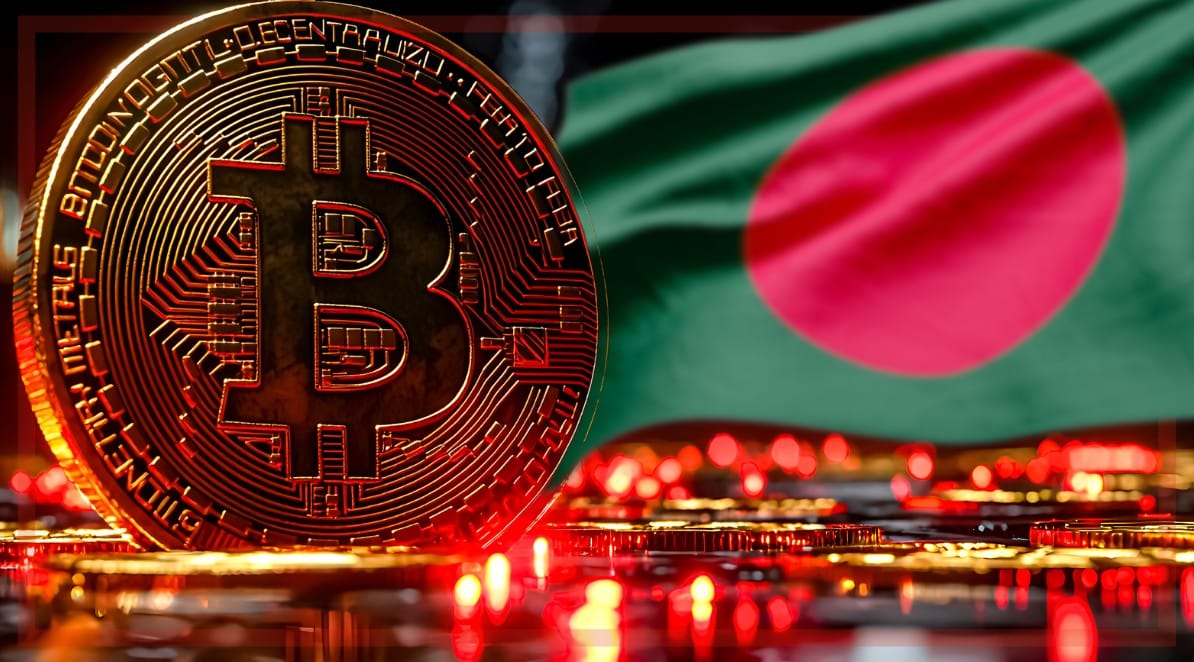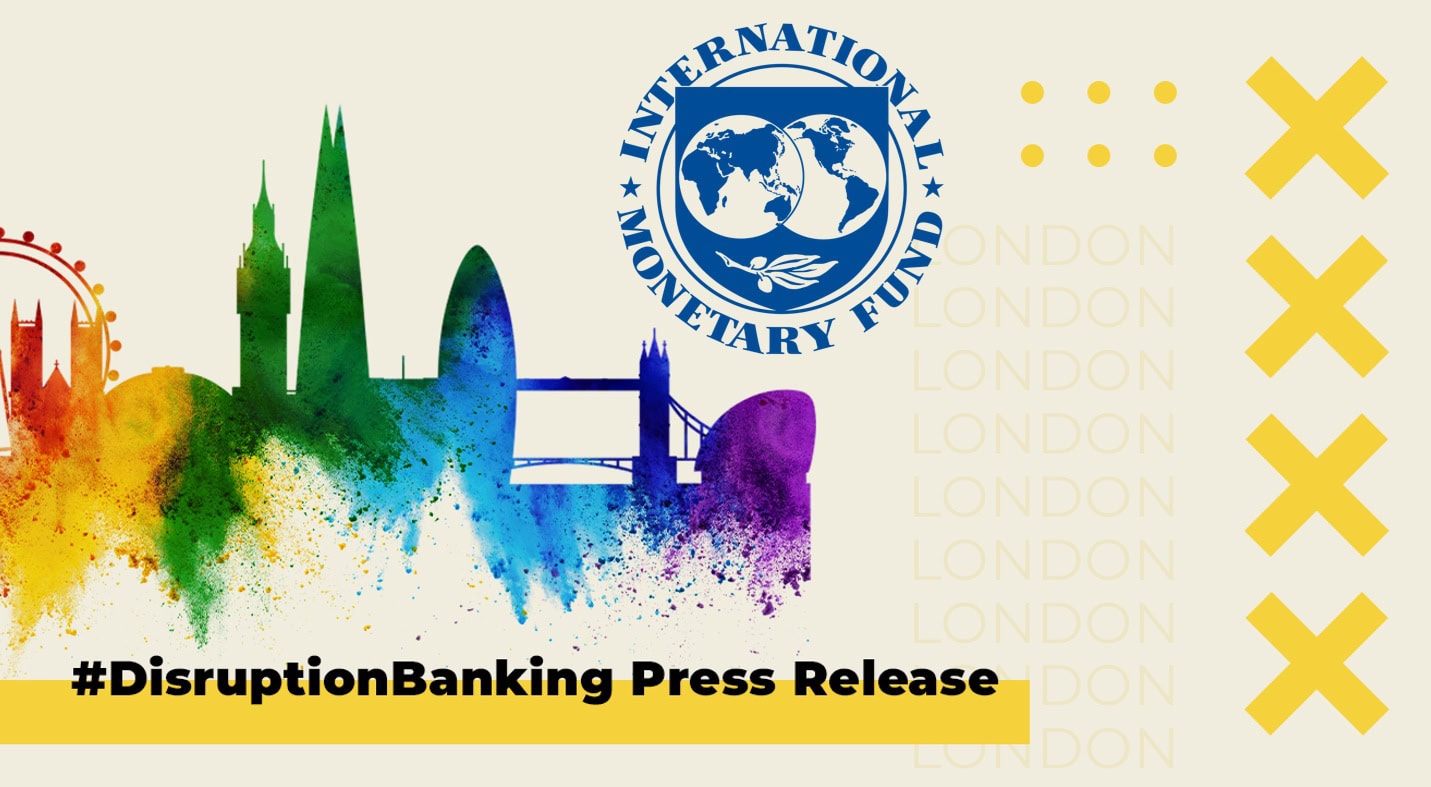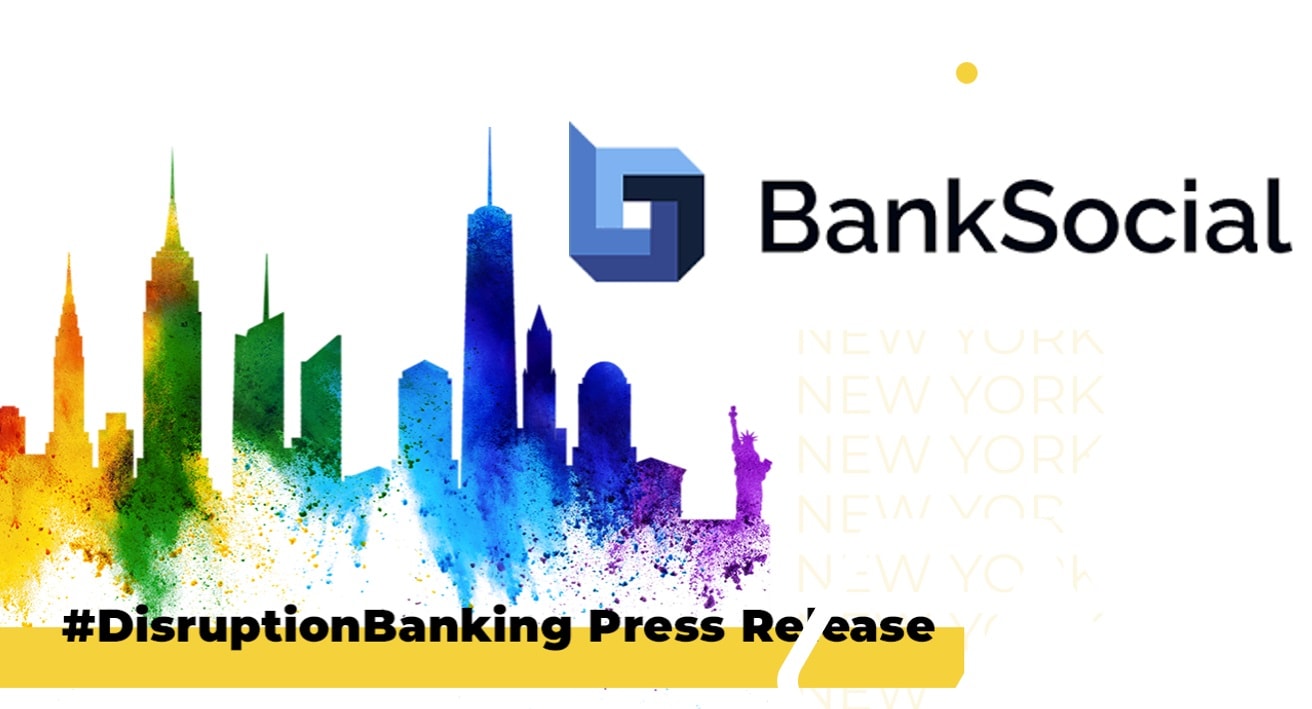When it comes to crypto, safety is one of the first things people want to figure out before making any decisions. Nobody wants to put their money somewhere where it might disappear overnight. That’s exactly why Coinbase has become a go-to for so many people. It’s reliable, easy to use, and most importantly, it’s secure.
Coinbase is based in the United States – it’s also regulated and publicly traded. That gives it a level of transparency and accountability that a lot of other platforms don’t have. It’s not some random exchange with no real-world presence. It has to answer to investors, regulators, and customers all at once. That pressure helps keep its standards high.
Security Meets Convenience
Coinbase takes security seriously, and you can tell by the systems it puts in place. About 98 percent of the crypto stored on the platform is kept in cold wallets, which aren’t connected to the internet. This adds a strong layer of protection against hackers. On top of that, they require two-factor authentication for all accounts, use biometric logins, and encrypt sensitive data with AES-256 encryption.
Alongside these protection options, Coinbase regularly expands its offerings. It’s worth keeping an eye on new coins on Coinbase as the platform frequently adds new tokens, opening up fresh opportunities for investors who want access to the latest tokenized projects. Crypto expert Ilija Rankovic highlights how these updates can offer more variety for investors and traders looking to diversify or explore promising projects early.
This ongoing growth often brings lesser-known but promising coins into the spotlight. Recent additions like Solaxy (SOLX) and BTC Bull Token highlight how newly listed tokens can generate significant attention and momentum. This phenomenon, often referred to as the “Coinbase effect,” can drive increased visibility, trading volume, and sometimes even price surges following a listing.
What Happens When Something Goes Wrong?
No system is perfect, and Coinbase isn’t immune to threats. What matters is how it responds when problems show up. Over the years, there have been a few incidents – we wrote about one recently, but Coinbase’s handling of them has reinforced trust rather than broken it.
For example, in 2021, a weakness in SMS-based 2FA affected thousands of users. Coinbase acknowledged the issue, patched it, and reimbursed impacted users. That’s not something you see often in the world of crypto, where many exchanges try to avoid responsibility.
There was also a phishing campaign in 2023 that targeted employees, not customers. While no funds were lost, Coinbase still acted quickly to isolate the issue and provide transparency around what happened. Then in 2024, a bank partner leaked some customer data. Again, Coinbase was quick to notify those affected and offered support. These situations are proof that the platform takes incidents seriously and knows how to deal with them.
One of the more recent cases in early 2025 involved an attempted supply chain attack through a GitHub integration. Coinbase’s security systems caught the issue early and blocked it before any real damage was done. So even in high-stress moments, the platform has shown that it’s paying attention.
Built to Support Real Users
Coinbase doesn’t just focus on behind-the-scenes safety. It also gives users a lot of control. You can monitor your sessions, manage devices, and even lock your account yourself if something doesn’t feel right. If you lose access to two-factor authentication, there are recovery options in place. You can also set up trusted contacts to help you get your account back securely if anything goes wrong.
The Coinbase Wallet app also adds another layer of control. App Lock lets you set a password or biometric access just for the wallet. While it won’t help if someone has your recovery phrase, it does keep your funds safe from casual snooping or accidental taps on your phone.
When it comes to payments, Coinbase connects securely with banks using trusted third parties like Plaid. Your online banking stays secure. In fact, the login information never actually touches Coinbase’s servers. It only sees what it needs to verify and process transactions. This setup helps protect sensitive financial data while still making it easy to move money in and out of your account.
Another area where Coinbase stands out is communication. The company has a dedicated email for reporting suspicious messages, and they’re clear about what they will and won’t ask from you. That transparency helps protect users from scams pretending to be official Coinbase support.
So, is Coinbase Safe?
Yes, it is. It’s one of the safest places to trade, hold, and manage crypto assets, especially for people who want a user-friendly experience without giving up strong protection. Coinbase combines regulation, transparency, and technical security in a way that makes it stand out from many other platforms.
Security goes beyond locking things down. Coinbase also focuses on giving users the tools and information they need to stay in control and understand what’s happening with their accounts. Coinbase makes the process feel more grounded and manageable, which is important in a space that’s often overwhelming.
Conclusion
Coinbase continues to earn that trust by making security a priority, responding quickly when issues arise, and offering tools that help users protect themselves. It’s not perfect, but it shows up where it matters. For anyone serious about trading or holding crypto with confidence, Coinbase remains one of the safest and most reliable options available.














